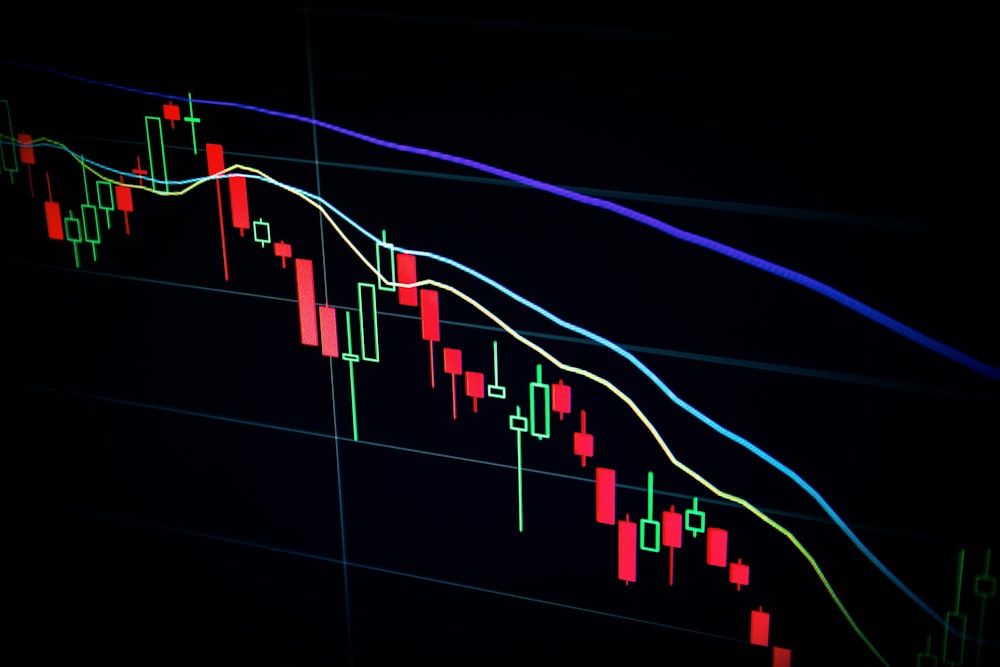📚 Table of Contents
Dividend investing is a powerful strategy for generating passive income, but many investors unknowingly make critical mistakes that can erode their returns. Are you falling into common traps that could jeopardize your long-term financial goals? From chasing unsustainable yields to neglecting tax efficiency, this guide explores the most frequent pitfalls in dividend investing and how to avoid them.
Chasing High Yields Without Due Diligence
One of the most common mistakes in dividend investing is focusing solely on high dividend yields without understanding the underlying fundamentals. A stock with a 10% yield might seem attractive, but if the company’s earnings can’t support those payments, the dividend could be cut, leading to capital losses. For example, in 2020, many energy stocks offered double-digit yields, but when oil prices collapsed, companies like Occidental Petroleum slashed their dividends by over 80%.
Instead of chasing yield blindly, investors should examine:
- The company’s cash flow stability
- Historical dividend payment consistency
- Industry trends and competitive position
- Debt levels and balance sheet strength
A better approach is to look for companies with moderate but sustainable yields (typically 2-5%) that have a history of increasing payouts. Procter & Gamble, for instance, has raised its dividend for over 60 consecutive years, demonstrating remarkable consistency through various economic cycles.
Ignoring the Payout Ratio
The payout ratio (dividends per share divided by earnings per share) is a crucial metric that many dividend investors overlook. A ratio above 100% means the company is paying out more than it earns, which is unsustainable long-term. When AT&T’s payout ratio exceeded 100% for several quarters, it was a red flag that preceded their 2022 dividend cut.
Different industries have different sustainable payout ratios:
- Utilities: 60-80% is typical
- REITs: 80-90% is common (due to tax structure)
- Tech companies: Often below 50%
Investors should also consider free cash flow payout ratios, which can be more revealing than earnings-based ratios, especially for companies with significant non-cash expenses.
Overlooking Dividend Growth Potential
Many investors focus exclusively on current yield while ignoring the power of dividend growth. A stock yielding 2% today that grows its dividend at 10% annually will provide a much higher effective yield on your original investment over time. Consider Johnson & Johnson, which has increased its dividend for 60 consecutive years. An investor who bought shares in 2000 at a 1.5% yield now enjoys an effective yield of over 10% on their initial investment.
Key factors that support dividend growth include:
- Revenue growth potential
- Pricing power
- Innovation pipeline
- Management’s capital allocation strategy
Neglecting Tax Implications
Tax efficiency is often overlooked in dividend investing strategies. Qualified dividends are taxed at lower capital gains rates (0-20%), while ordinary dividends are taxed as income. Many investors unknowingly hold high-yield stocks in taxable accounts when they would be better placed in tax-advantaged accounts.
For example, REIT dividends are typically non-qualified and taxed as ordinary income. Holding them in an IRA can significantly improve after-tax returns. Similarly, Canadian stocks held by U.S. investors are subject to a 15% withholding tax unless held in a retirement account.
Tax considerations should influence:
- Account type selection (taxable vs. retirement accounts)
- Security selection within accounts
- Timing of purchases (before or after ex-dividend dates)
Failing to Diversify Dividend Stocks
Concentration risk is a significant danger in dividend investing. Some investors load up on a few high-yielding stocks in the same sector, exposing themselves to sector-specific risks. The financial crisis of 2008 demonstrated how dangerous this can be, when many investors heavily concentrated in bank stocks saw both dividends and share prices collapse simultaneously.
A well-diversified dividend portfolio should include:
- Multiple sectors (consumer staples, healthcare, utilities, etc.)
- Companies of different sizes (large-cap, mid-cap)
- Geographic diversification
- Different dividend growth profiles
As a rule of thumb, no single position should exceed 5% of the portfolio, and no sector should exceed 25%.
Making Emotional Investment Decisions
Emotional decision-making can be particularly damaging in dividend investing. Some investors become attached to “dividend aristocrats” regardless of changing fundamentals, while others panic-sell during market downturns, missing out on the compounding benefits of reinvesting dividends at lower prices.
Common emotional traps include:
- Holding onto companies with deteriorating fundamentals because of dividend history
- Selling during market volatility instead of reinvesting dividends
- Overweighting familiar companies from one’s home country
- Anchoring to purchase prices rather than current valuations
A disciplined, systematic approach to dividend investing typically yields better long-term results than emotional decision-making.
Conclusion
Successful dividend investing requires more than just picking high-yielding stocks. By avoiding these common mistakes—chasing unsustainable yields, ignoring payout ratios, overlooking growth potential, neglecting tax implications, failing to diversify, and making emotional decisions—investors can build more resilient income portfolios. The key is to focus on quality companies with sustainable payouts, diversify across sectors, and maintain a long-term perspective.


Leave a Reply